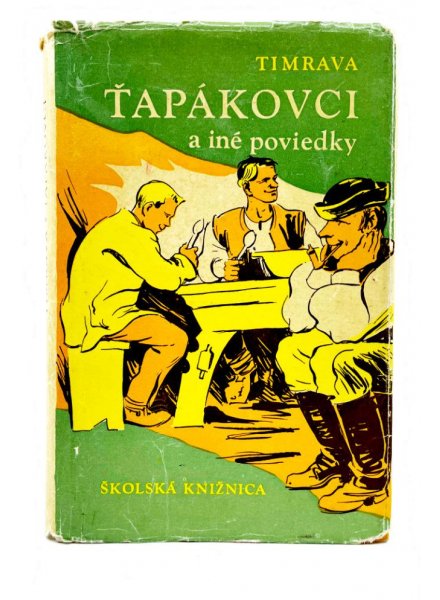
Through her characters, she depicts the backwardness of rural society and the problems of real people’s fates. The title of the novella Ťapákovci (The Ťapáks) (1914) has become synonymous
in Slovakia with the stale conservatism and apathy of rural life.
Before writing Ťapákovci, the author had been active as a writer for nearly thirty years, with poems and short prose works of hers published in newspapers and magazines both in Slovakia and in
Slovak publications in the USA. As a mature writer, she depicts in Ťapákovci certain inhabitants of the village in which she lived, displaying great psychological insight and incurring the anger and hatred of some of her local community for the brutal honesty of her portraits. Individual members of the Ťapák family – siblings living together with their families in a shared tumbledown house
– symbolize both people‘s inability to change their own low social standing and also the deeply ingrained nature of feudal family relations. On the one hand, it seems they are keeping together as a family; on the other, their ties stop them from developing as people. The first to realize this is the oldest sister, Iľa. She tries to bring order to their lives and improve them somehow, for which she earns the nickname, ‘Queenie‘. The others reject her efforts at change and so she leaves home. Aside from general fecklessness and apathy, though, the characters also show passion and a desire for love and better conditions. Their nicknames give us insight into their personalities: as well as Iľa the Queen, another key character is the cripple Anča the Adder, ardently yearning for love.